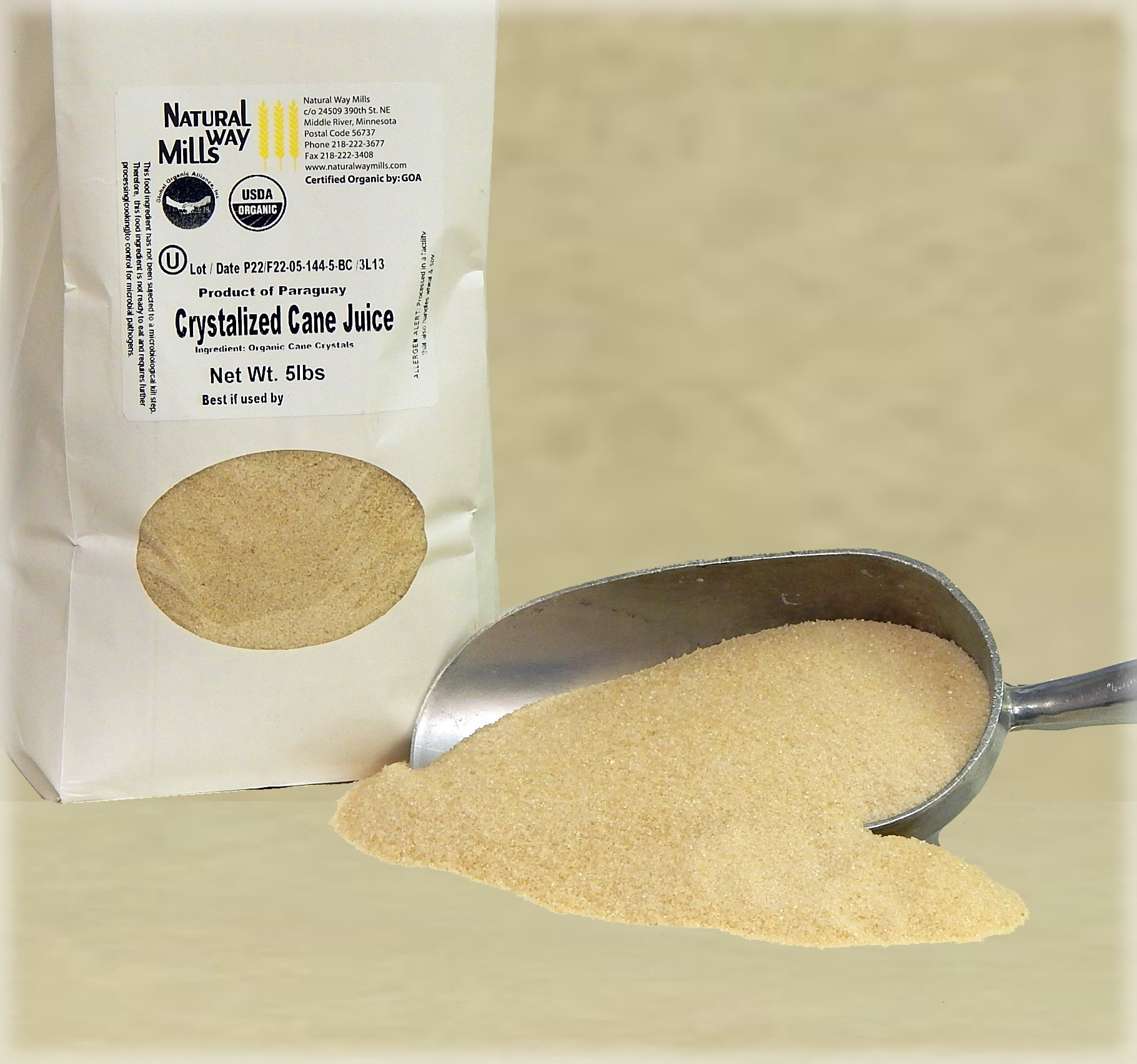How sugar cane products Are Alternatives to Common Industrial Ingredients
A Deep Study Sugar Cane: Insights on Production, Supplies, and Item Development
Sugar cane plays a crucial function in farming, underpinning economic situations in tropical regions. Its cultivation entails detailed processes affected by different environmental factors. However, growers face significant difficulties, including climate modification and market fluctuations. Developments in product growth are emerging in reaction to developing consumer demands. Recognizing these dynamics is important for realizing the future of this essential crop and its effect on worldwide markets. What exists in advance for sugar cane and its myriad applications?
The Importance of Sugar Cane in Global Farming
Sugar cane acts as a necessary plant in international agriculture, underpinning economic climates and food systems in numerous tropical regions. This flexible plant is mainly cultivated for its high sucrose web content, which is refined into sugar, an essential active ingredient in plenty of food products. Past sweetening, sugar cane is additionally crucial for producing biofuels, especially ethanol, adding to power sustainability.The economic value of sugar cane encompasses employment, providing resources for countless farmers and employees in handling facilities. In numerous countries, sugar cane cultivation and processing represent significant sections of farming GDP, affecting profession balances and regional development.Additionally, sugar cane's flexibility to numerous climates improves its importance as a crop, ensuring constant supply in global markets. Its byproducts, including molasses and bagasse, further diversify its energy, making it an important part in food, energy, and industry. On the whole, sugar cane stays a keystone of farming performance worldwide.
Cultivation Procedures: From Planting to Harvest
Cultivating sugar cane involves a collection of well-defined processes that guarantee suitable growth and yield. The cultivation starts with land preparation, where the soil is tilled to protect optimum aeration and water drainage. Following this, seed cane, which includes mature stalks, is selected and cut into segments (sugar cane products). These segments are after that planted in furrows, making certain correct spacing to enable sunlight and nutrient access.Once planted, irrigation systems are employed to keep adequate moisture levels, as sugar cane grows in moist conditions. Weeding and parasite administration are vital throughout the expanding duration to lessen competition for sources. Nutrient application, including fertilizers, sustains durable development. As the plants develop, keeping track of for diseases and parasites continues.Harvesting commonly takes place 10 to 24 months post-planting, relying on the selection. The canes are cut close to the ground, ensuring minimal waste, and are promptly transported for processing to protect sugar top quality
Geographic Distribution of Sugar Cane Production
The geographic distribution of sugar cane production is greatly formed by certain climate and dirt requirements. Significant generating nations, such as Brazil, India, and China, gain from exotic and subtropical environments that sustain the plant's development. Comprehending these factors offers insight into the worldwide landscape of sugar cane cultivation.
Major Producing Countries
Although sugar cane is grown in different areas worldwide, specific countries dominate production due to favorable environments and farming methods. Brazil leads the international market, representing roughly one-third of complete production, many thanks to its substantial vineyards and progressed farming strategies. India complies with as a significant manufacturer, taking advantage of both beneficial weather and a huge domestic market. China and Thailand additionally place among the leading producers, with well-established infrastructures supporting their sugar markets. Various other remarkable contributors include the United States, Mexico, and Australia, each leveraging their special farming systems to improve result. These countries play an important role in the sugar cane supply chain, affecting international prices and accessibility
Climate and Dirt Requirements
Perfect environment and soil problems are essential for effective sugar cane production. Sugar cane prospers in exotic and subtropical regions, calling for warm temperature levels between 20 ° C and 30 ° C (68 ° F to 86 ° F) These plants require abundant sunlight and rainfall, preferably in between 1,500 to 2,500 millimeters every year, to ensure peak growth. The soil must be well-drained, productive, and rich in organic issue, with a pH degree ideally between 5.5 and 8.5. Sandy loam or clay loam soils are particularly helpful to sugar cane farming, offering necessary nutrients and drainage. Geographical distribution is largely influenced by these elements, with significant production areas situated in Brazil, India, and China, where environmental problems straighten with the plant's demands for development and yield.

Difficulties Encountered by Sugar Cane Growers
Sugar cane farmers come across substantial obstacles that influence their resources. Climate change introduces unpredictable weather condition patterns, impacting crop return and top quality. In addition, market rate volatility develops financial unpredictability, making complex long-lasting planning for these agricultural manufacturers.
Environment Adjustment Impacts

How do climate adjustment impacts influence the stability of sugar cane growing? Increasing temperatures and irregular weather patterns significantly challenge sugar cane cultivators. Raised warmth can bring about decreased yields, as the plants struggle to grow in severe conditions. Additionally, altered rainfall patterns cause either droughts or excessive flooding, both damaging to plant wellness. Insects and illness are most likely to multiply in warmer environments, additionally harmful production. In addition, dirt degradation and salinization due to rising sea degrees can decrease cultivatable land. These weather modifications compel growers to adjust their methods, frequently calling for investment in brand-new technologies and resistant crop ranges. Ultimately, the sustainability of sugar cane growing pivots on dealing with these environment tests efficiently.

Market Value Volatility
Market price volatility provides considerable challenges for sugar cane farmers, affecting their monetary stability and preparation. Changes in market prices, driven by aspects such as international supply and demand, weather, and government policies, produce unpredictability for manufacturers. This changability makes it tough for farmers to anticipate revenues and manage general expenses successfully. Furthermore, when costs go down suddenly, lots of farmers might have a hard time to cover production expenses, leading to potential monetary distress. To minimize these risks, some cultivators transform to agreements or hedging techniques, yet these remedies may not be obtainable to all. Consequently, market value volatility remains a consistent problem, affecting the overall sustainability and success of sugar cane farming.
Comprehending the Sugar Cane Supply Chain

Market Patterns Influencing Sugar Cane Prices
The dynamics of sugar cane costs are influenced by a selection of market fads that mirror more comprehensive financial problems and customer actions. International demand for sugar and sugar-related items plays an important role, with enhancing rate of interest in natural and sustainably sourced products driving rates higher. Furthermore, fluctuations in oil costs affect the expense of production and transportation, further affecting market rates. Climate patterns are one more considerable factor; unfavorable conditions can result in reduced returns and increased prices. Trade policies, tolls, and global agreements also shape the marketplace landscape, influencing supply chains and availability. Currency exchange prices can make complex global profession, impacting prices for both exporters and importers. Shifts in customer choices toward much healthier options may modify need patterns, developing a surge result on sugar cane rates. sugar cane products. For that reason, comprehending these interconnected trends is crucial for stakeholders in the sugar sector
Innovations in Sugar Cane Item Growth
Many innovations in sugar cane item advancement are improving the industry and broadening its applications. Researchers are discovering different uses past conventional sugar, consisting of biofuels, eco-friendly plastics, and wellness supplements. Advances in enzymatic processing strategies have improved the extraction of beneficial compounds such as antioxidants and vitamins from sugar cane, promoting its use in functional foods.Additionally, the advancement of genetically changed sugar cane varieties aims to boost yield and resistance to pests, while also improving the nutritional profile of the crop. Innovations in fermentation procedures have actually led to the production of high-quality alcohols stemmed from sugar cane, interesting a growing market for craft spirits.Moreover, lasting practices in farming and processing are obtaining traction, with an emphasis on decreasing ecological effects. These advancements not just create new market opportunities but likewise cultivate a more lasting method to sugar cane production, aligning with international fads you could try here in the direction of environmentally friendly products.
Often Asked Concerns
What Are the Environmental Effects of Sugar Cane Farming?
The environmental influences of sugar cane farming consist of deforestation, loss of biodiversity, water pollution from plant foods and pesticides, dirt destruction, and greenhouse gas emissions, every one of which greatly add to ecological imbalances and climate change.
Exactly How Does Sugar Cane Farming Affect Resident Economies?
Sugar cane growing significantly influences local economic climates by creating work, promoting farming sectors, and generating earnings for farmers. It can also lead to financial dependency and variations based on market needs and environmental conditions.
What Are the Main Vermin and Diseases Affecting Sugar Cane?
The main bugs affecting sugar cane consist of the sugarcane see this here borer and aphids. Conditions such as red rot and smut significantly influence return. Farmers have to execute incorporated pest administration strategies to minimize these dangers effectively.
Just How Is Sugar Cane Processed Into Different Products?
Sugar cane processing includes crushing the stalks to extract juice, complied with by clarification, evaporation, and crystallization. This process yields raw sugar, molasses, and ethanol, each offering distinctive purposes in numerous markets, from food to power.
What Are the Nutritional Aspects of Sugar Cane?
The dietary aspects of sugar cane consist of vital minerals and vitamins, particularly B vitamins, calcium, and iron. It also includes fiber, though largely composed of sucrose, which provides energy yet does not have considerable nutrients.